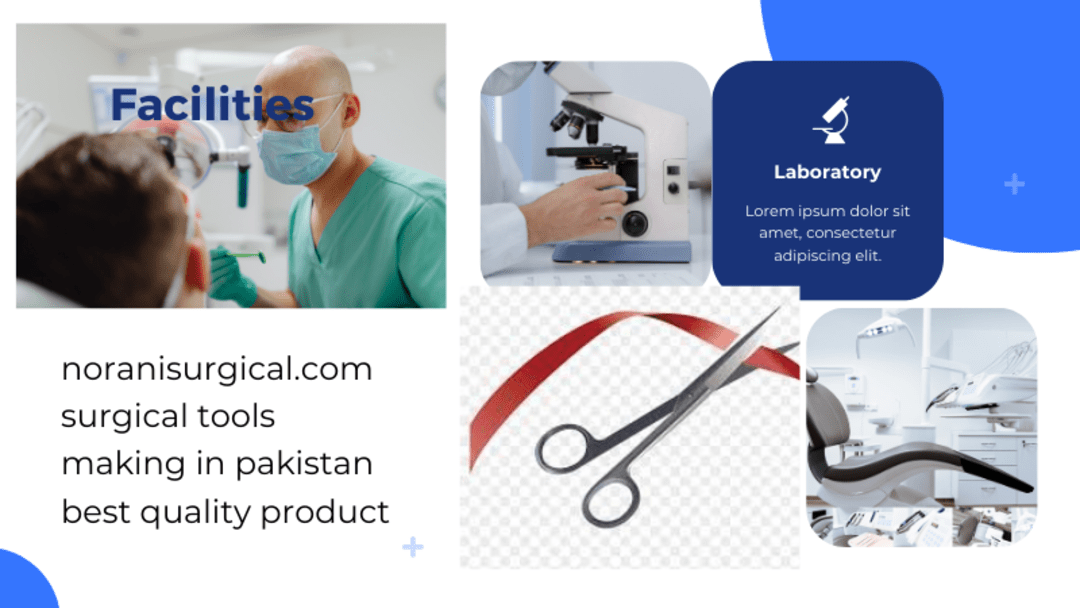For office-based healthcare facilities, the concept of surgical instrument identification carries profound implications that extend across multiple domains, influencing patient care, operational dynamics, and regulatory adherence. Let’s delve deeper into each of these facets:
Patient Safety:
In the realm of patient safety, accurate surgical instrument identification serves as a cornerstone of utmost importance. Imagine a scenario where a healthcare provider mistakenly selects the wrong instrument during a procedure. Such an error could potentially lead to dire consequences, including tissue damage, surgical site infections, or other complications. However, when healthcare professionals diligently and precisely identify the appropriate instruments required for each specific procedure, they significantly mitigate the risk of such errors. This meticulous attention to detail not only safeguards the well-being of patients but also upholds the fundamental principle of delivering healthcare services with the highest standards of safety and reliability.
Operational Efficiency:
Efficient surgical instrument identification processes are pivotal for optimizing operational efficiency within office-based healthcare facilities. In a bustling clinical setting, where time is of the essence, the ability to swiftly and accurately identify required instruments can streamline workflow and enhance productivity. Picture a scenario where healthcare providers seamlessly navigate through a well-organized inventory of instruments, effortlessly selecting the precise tools needed for a particular procedure. Such operational fluidity not only minimizes procedural delays but also optimizes resource utilization, enabling healthcare facilities to deliver timely and effective care to their patients.
Quality of Care:
Accurate surgical instrument identification is intricately intertwined with the delivery of high-quality care within office-based healthcare facilities. By ensuring that the right instruments are meticulously selected and utilized for each procedure, healthcare providers uphold the standards of precision and excellence in clinical practice. This commitment to quality extends beyond mere procedural proficiency; it encompasses the broader ethos of patient-centered care, where every action is geared towards maximizing patient outcomes and fostering holistic well-being. From routine examinations to complex interventions, the integrity of surgical instrument identification underpins the overarching goal of delivering compassionate, evidence-based care to every individual entrusted to the facility’s care.
Regulatory Compliance:
In the landscape of regulatory compliance, adherence to stringent guidelines regarding surgical instrument identification is non-negotiable for office-based healthcare facilities. Regulatory bodies impose rigorous standards pertaining to the documentation of instrument usage, sterilization protocols, and inventory management. By meticulously adhering to these regulations and maintaining meticulous records of instrument utilization, healthcare facilities demonstrate their unwavering commitment to patient safety, quality assurance, and ethical practice. Moreover, robust compliance measures serve as a bulwark against legal and regulatory risks, safeguarding the reputation and integrity of the facility while fostering trust and confidence among patients and stakeholders alike.
In essence, for office-based healthcare facilities, surgical instrument identification transcends mere procedural intricacies; it embodies a commitment to excellence, safety, and integrity in every facet of clinical practice. By prioritizing accurate identification processes, healthcare providers uphold the highest standards of care, ensuring that each patient receives the quality of service they rightfully deserve.




